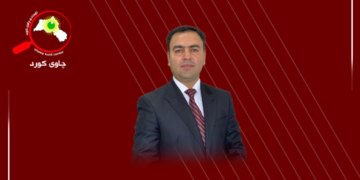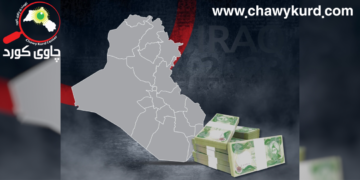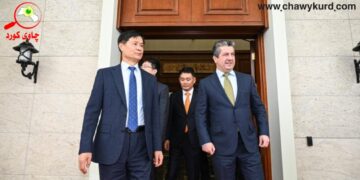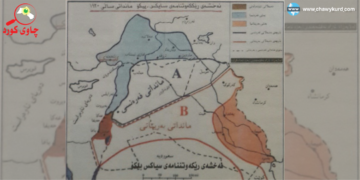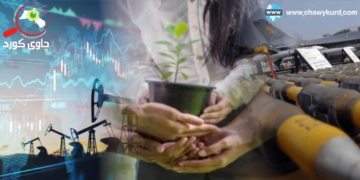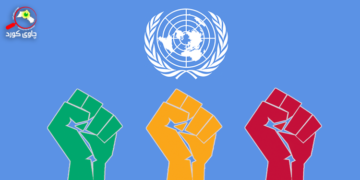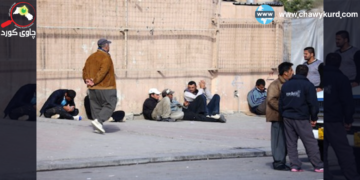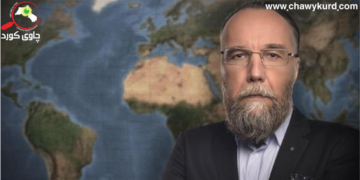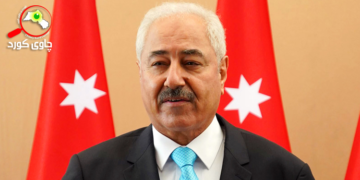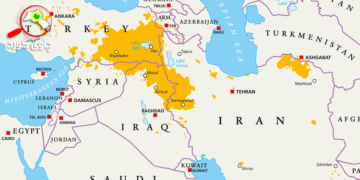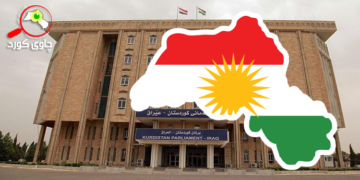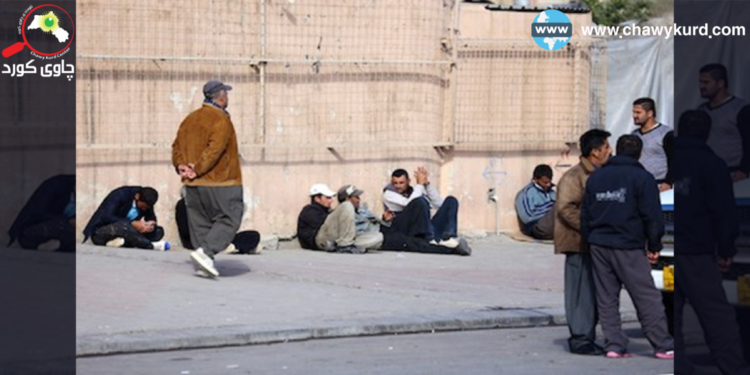Introduction
Youth unemployment is a critical issue in the Kurdistan Region, impacting social stability and economic growth. This report provides a comprehensive analysis of the current state of youth unemployment, its underlying causes, and associated social issues. The analysis is supported by descriptive, monitoring, and numerical data to offer a detailed understanding of the problem and potential policy recommendations.
Current State of Youth Unemployment
According to recent data, the unemployment rate among young individuals in the Kurdistan Region is 13.6%. This figure highlights a significant challenge, especially when compared to the overall unemployment rate. The gender disparity in employment is also notable, with 61.5% of males employed compared to only 16.1% of females. This gap underscores the need for targeted interventions to promote gender equality in the labor market.
Regional Variations
Employment rates vary significantly across different areas within the Kurdistan Region. For instance, Soran has the highest rate of employed youth at 51.7%, followed by Zakho at 50% and Raperin at 47%. Conversely, Garmian has the highest youth unemployment rate at 29.6%, followed by Duhok at 21.8%. These regional disparities suggest that localized strategies may be necessary to address the unique challenges faced by different areas.
Social Issues Linked to Youth Unemployment
Youth unemployment is closely linked to various social issues, including increased migration, mental health problems, and social unrest. The lack of job opportunities drives many young people to seek employment abroad, contributing to a brain drain that further weakens the local economy. Additionally, prolonged unemployment can lead to mental health issues such as depression and anxiety, exacerbating social instability.
Gender Disparities
The significant gender gap in employment rates is a major concern. Cultural norms and societal expectations often limit women’s participation in the workforce, leading to higher unemployment rates among females. Addressing these disparities requires comprehensive policies that promote gender equality and empower women through education and vocational training.
Economic Factors
Economic factors play a crucial role in youth unemployment. The private sector employs 71.3% of young people, while only 28.7% work for the government. Despite this, many young people perceive the private sector as offering better career prospects, with 76% believing it provides more opportunities compared to the public sector. This perception highlights the need for policies that support private sector growth and create more job opportunities.
Policy Recommendations
- Promote Private Sector Growth: Encourage investment in the private sector to create more job opportunities for young people. This can be achieved through tax incentives, improved infrastructure, and support for small and medium-sized enterprises (SMEs).
- Enhance Vocational Training: Develop vocational training programs tailored to the needs of the labor market. These programs should focus on equipping young people with the skills required by employers.
- Support Gender Equality: Implement policies that promote gender equality in the workplace. This includes providing childcare support, enforcing anti-discrimination laws, and encouraging female participation in traditionally male-dominated sectors.
- Address Regional Disparities: Develop localized strategies to address the unique challenges faced by different regions. This could involve targeted investment in infrastructure, education, and healthcare in areas with high unemployment rates.
- Mental Health Support: Provide mental health support services for unemployed youth to help them cope with the psychological impact of unemployment. This includes counseling services and community support programs.
Conclusion
Youth unemployment in the Kurdistan Region is a multifaceted issue that requires a comprehensive approach. By addressing the economic, social, and gender-related factors contributing to unemployment, policymakers can create a more inclusive and prosperous future for the region’s youth. Implementing the recommended policies will not only reduce unemployment rates but also promote social stability and economic growth.
References
- Rudaw Research Center, “Youth and Employment Situation in the Kurdistan Region,” August 6, 2023. [Link](https://rudawrc.net/en/article/youth-and-employment-situation-in-the-kurdistan-region-2023-08-06)
- Associated Press, “Lack of jobs, crisis drive young Iraqi Kurds to migrate,” [Link](https://apnews.com/article/business-europe-middle-east-education-migration-3b49a3a2ba96cac812044215a826f155)





